I read in an article of design reference that "If the length of the interconnect PCB is greater than 1/10 th of the wavelength, we should consider using the transmission line instead of ordinary interconnect."
Now I have the following doubt: the impedance control in a differential pair (like USB D + D-) can be considered as Transmission Line?
In the case that if it can be considered as a Transmission Line, can I forget to do impedance control if the differential traces are less than 1/10 th of the wavelenght of Full / High Speed USB and so only worry about the lenght matching?
Second part, considering the above suppose that the length of my traces exceed the general rule of 1/10 th of wavelength, then I should apply impedance control to the differential pair ... For example the 1/10 th is 1.5 cm but my traces are 2.5 cm, can I apply impedance control up to a length of 1.5 cm and then do the routing of the remaining 1 cm freely? (see the image pls)
NOTE: I would like to clarify that my last question about arriving with the differential pair routing with impedance control and then doing it without impedance control is because I found an Arduino Due design where the routing for the native usb of the AT91SAM3X8E is strange, you can not do 100 ohm impedance control in this way (see image) with that geometry in the tracks nearby of pines of MCU.



